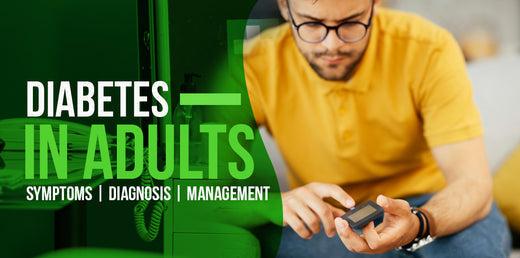Diabetes in Adults and Adolescents: Symptoms, Diagnosis, and Management


Dr. Prachi Sharma Vats – Ayurvedic Physician, Author & Wellness Expert
Dr. Prachi Sharma Vats is a dedicated Ayurvedic physician specializing in Ayurvedic nutrition, women’s hormonal health, and PCOD management. She holds a Bachelor of Ayurvedic Medicine and Surgery (BAMS) degree from Shri Krishna AYUSH University, Kurukshetra.
Currently associated with Sheopal’s, a leading Ayurvedic and wellness brand, Dr. Prachi focuses on treating lifestyle related disorders through holistic Ayurvedic practices, personalized diet guidance, and natural healing therapies. Her approach blends classical Ayurvedic wisdom with modern health insights to promote sustainable well-being.









Thoughts on "Diabetes in Adults and Adolescents: Symptoms, Diagnosis, and Management"